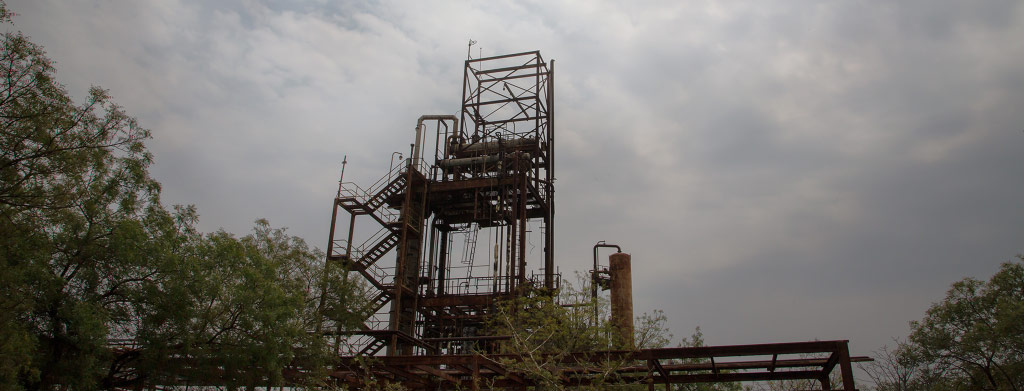Widows of Vrindavan
Stop Acid Attacks
Bhopal 30 years later
Made in Bangladesh
Cuba vs USA
Hasankeyf under threat
Palestinian territories
Fate Breakers
Tsaatan nomads
Bull Jumping ceremony
Qashqai nomads
Ghosts of the Aral Sea
Killing Fields
Tibetans In Exile
Holi
Kumbh Mela 2010
Maha Kumbh Mela 2013
Durga Puja
Pushkar Mela
Bhopal 30 years later
Mention Bhopal and most people think of the terrible events of 2 December 1984, when the city was devastated by a huge leak of poison gas from a pesticide factory owned by US chemical giant «Union Carbide» (now «Dow Chemical»). Thousands died in agony, choking, blinded by gas that burned their eyes and seared their lungs. More than half a million were injured.
Today in Bhopal, more than 100.000 people are still chronically ill from the injuries suffered on that night. But it doesn’t end there. Another disaster is waiting, silently, and could destroy a whole new generation. It is the second poisoning of Bhopal, happening today, linked to the contamination of its soil and water. During fifteen years before the gas disaster, «Union Carbide» had routinely dumped highly toxic chemical wastes inside and outside its factory site. After the explosion, the site itself has never been cleaned up. These days, a new generation is being poisoned by the chemicals that Union Carbide left behind. As each year’s monsoon battered the decaying plant and rain overflowed the huge ponds of toxic waste, the toxins seeped down through the sandy soil, and filtered into underground channels and pools. Wells drawn from these ground water pools serve, today, around 40.000 people living in eighteen townships. These people belong to the same communities that were devastated by the gases in 1984.

.jpg)
.jpg)
.jpg)
.jpg)
.jpg)
.jpg)
.jpg)
.jpg)
.jpg)
.jpg)
.jpg)
.jpg)
.jpg)
.jpg)
.jpg)
.jpg)
.jpg)
.jpg)
.jpg)
.jpg)
.jpg)
.jpg)
.jpg)
.jpg)
.jpg)
.jpg)
.jpg)
.jpg)
.jpg)
.jpg)
.jpg)
.jpg)
.jpg)
.jpg)
.jpg)
.jpg)
.jpg)
.jpg)
.jpg)
.jpg)